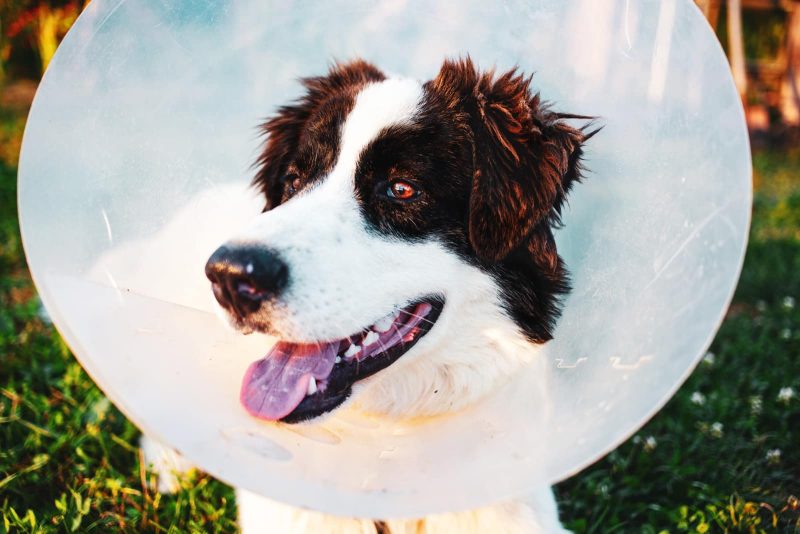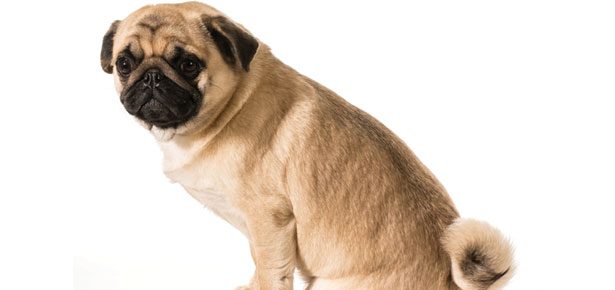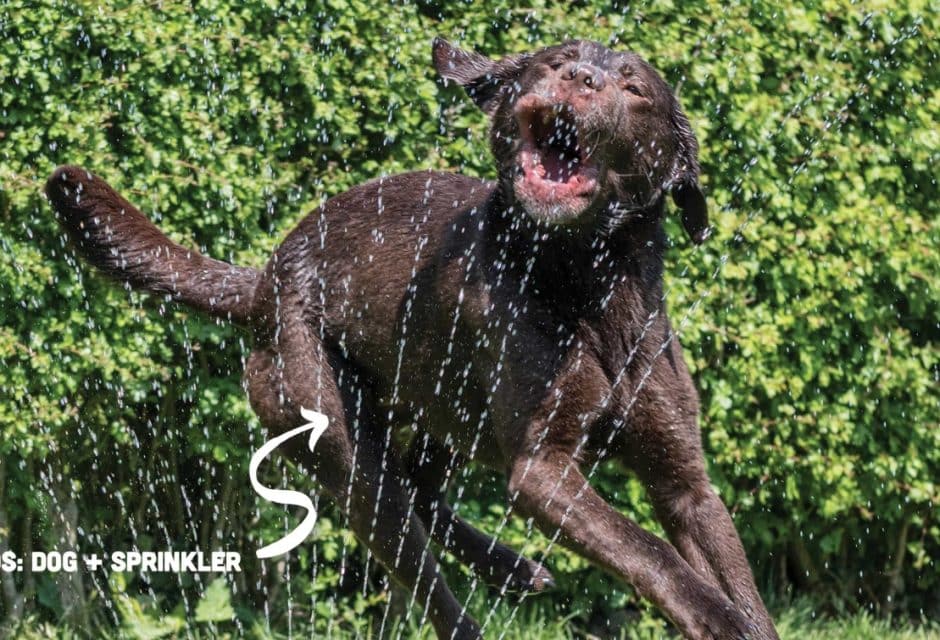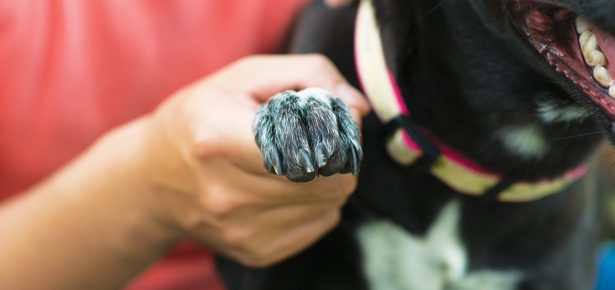
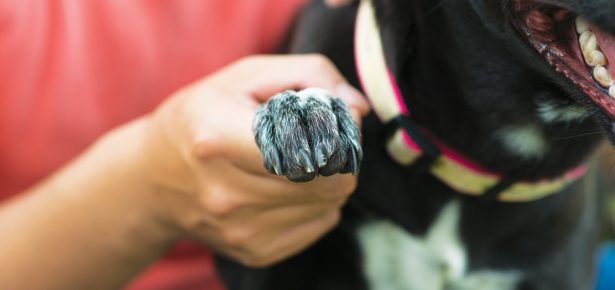
Why Keeping Your Dog’s Nails Trimmed Is Way More Important Than You Think
Knowing how to trim nails greatly improves your dog’s health and happiness
Have you ever been cutting your dog’s nails and gotten too close to the nail bed? It is not a good feeling. Most dog lovers know that cutting canine nails well is a tricky process; it’s not always easy to know where to stop trimming. As a result, some people may feel a little nervous or even avoid nail trimming, but proper nail care is essential for your dog’s comfort and even his health.
If you’re like me, you love spending time with your dog and take him out for regular walks, but it might surprise you that walking alone may not be enough to keep your dog’s nails at the perfect length. It takes time walking on a variety of abrasive surfaces to wear down a dog's nails, so for today’s modern dogs, it is important to check their nails regularly to see if they need trimming.
You may have never thought that correctly trimmed nails can greatly contribute your dog’s health, but consider what Chinese Traditional Medicine says about the digits. According to this ancient science, the body’s energy lines, or meridians, begin at the end of every finger and toe; it is the same for a canine’s digits. These energy lines directly connect to the organs and other parts of the body and relate to overall wellbeing.
Nails that are too long can cause our dogs’ feet to get out of alignment and interrupt the flow of energy, cause discomfort, affect their health, and cause a variety of problems. Just like anything in nature, the canine body is made up of electromagnetic particles that need to be in harmony for our dogs to be healthy and happy.

First, determine if your dog’s nails need a trim by taking a look at the length. They should be fairly short and ideally they should not be touching the ground on a firm, flat surface.
If they are long, you can start by trimming bit by bit, only 1–2 millimeters at a time. Dog nail clippers should have a U-shaped blade on the top and bottom because it conforms to the shape of your dog’s nail and won’t squish the nail and cause discomfort when you cut. That is why I never use flat human nail trimmers.
If your dog's nail profile is U-shaped when you make the first small cut, then it is too long. For dogs with black nails, you can tell they are too long when it has an upside down U with a dark margin and lighter centre.
Continue clipping until you start seeing a small darker centre surrounded by lighter nail.
Better still than a nail clipper (though they get the job done) is a rotating file, like a Dremel tool. This makes it easy to slowly file down the nail and avoid hitting the quick. It's important not to set the RPMs too high because it could cause the nail to overheat, causing discomfort. Also, a medium-coarse tip should be used to keep the vibration comfortable for your dog.
Regardless of the tool you’re using, keep your dog happy and at ease during a nail clipping session by having good quality, natural treats on hand. When it comes to nail trimming, bribery is definitely allowed!
It's natural for a dog to want to move around. When this happens, continue holding the foot gently and move in the direction she wants to move for a moment, then go gently back to the desired position. It is important not to let go of the foot; if you do you will create a bad habit by teaching your dog to wiggle out every time you start trimming. Be gentle and do not fight with your dog, just do not let the foot go or it will be hard to complete the task.
If you hit the quick and cause bleeding, there is no need to panic. There is no way your dog could bleed out. Calmly apply a gauze pad soaked in Healing Solution (peterdobias.com) to the bleeding nail and apply steady pressure. If the bleeding does not stop in five minutes, apply a bandage for four to 12 hours. As an alternative, you can purchase silver nitrate sticks to stop the bleeding by applying the stick to the injured area. These sticks should be available from your veterinarian or a pet store.
Following this simple routine every two to three weeks, you can assure your dog will be moving comfortably and with good energy flow throughout the whole body.
Good health starts with a perfect dog pedicure!
Join the newsletter and never miss out on dog content again!
"*" indicates required fields
By clicking the arrow, you agree to our web Terms of Use and Privacy & Cookie Policy. Easy unsubscribe links are provided in every email.
